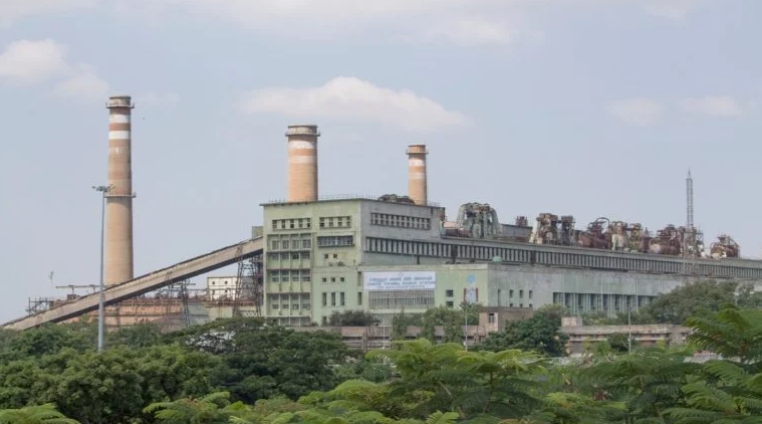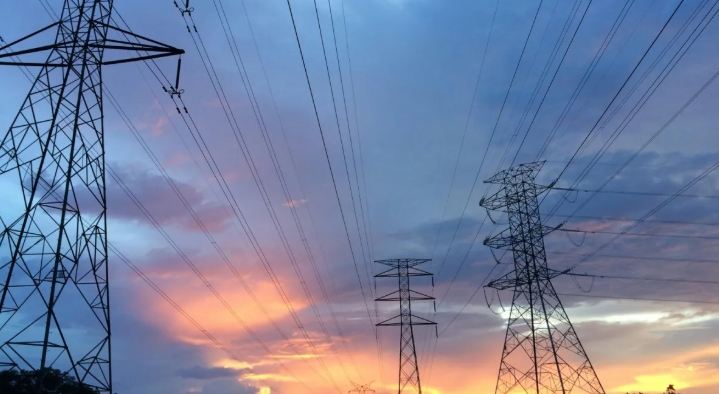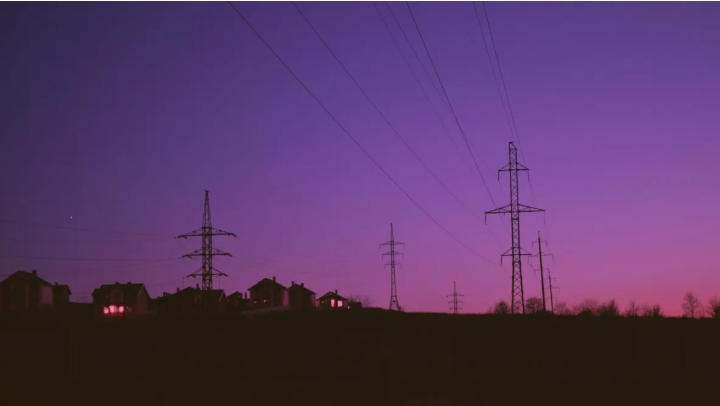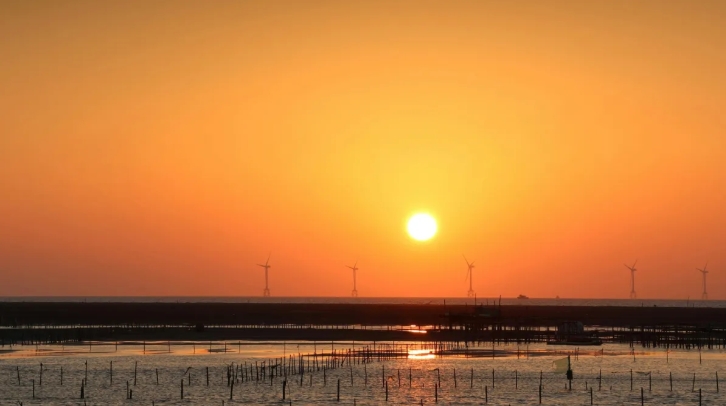
Petrosyan outlined plans for new plants across multiple regions. In the Issyk-Kul region, facilities with a combined capacity of 7 MW are scheduled for commissioning. The Chui region will see plants with a total of 3 MW, while the Jalal-Abad region will have stations generating 5 MW. These projects aim to enhance local energy supply through renewable sources.
He highlighted progress on specific sites, noting that the Boz-Uchuk hydroelectric power plant is nearly complete. This facility, with a capacity of 5.4 MW, operates under a pressure of 599 meters and uses a horizontal turbine. Another plant, the Aksu station, boasting a 4 MW capacity, is also in the final stages of preparation for its launch.
Additionally, the Issyk-Ata 2 hydroelectric power station is approaching completion. Equipped with a vertical turbine, it will produce 4.5 MW of power. Petrosyan emphasized that these developments reflect steady advancements in Kyrgyzstan’s hydropower sector.
These small-scale projects contribute to the country’s efforts to boost energy production sustainably. By harnessing water resources in regions like Issyk-Kul, Chui, and Jalal-Abad, Kyrgyzstan aims to meet domestic consumption needs efficiently. The plants’ combined output will add valuable capacity to the national grid.
Petrosyan’s remarks at the Bishkek event underscore the ongoing commitment to renewable energy in Central Asia. The completion of stations like Boz-Uchuk, Aksu, and Issyk-Ata 2 by the end of 2025 signals a practical step forward. Each facility has been tailored to its location, with designs suited to local conditions and energy demands.
The focus on small hydroelectric plants offers a reliable way to generate power while supporting regional development. With construction nearing its final phases, these projects are poised to deliver clean energy to communities across Kyrgyzstan. The efforts shared by Petrosyan reflect a broader trend of expanding hydropower capacity in the region, ensuring a steady and sustainable supply for the future.







